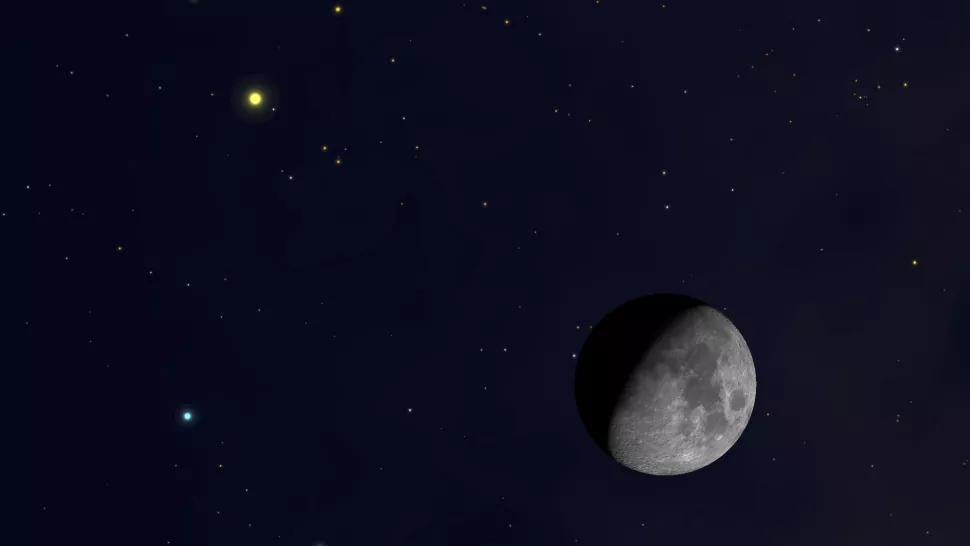Where was Jupiter?
Roughly every 13 months Earth comes from behind and passes Jupiter in a planetary horse race that's been going on for billions of years. And the prize? Spectacular views of the solar system's largest planet from dusk till dawn. On August 20th, the Earth and Jupiter lined up on the same side of the Sun, when they'll be closest for the year.

Separated by just 600 million kilometers, Jupiter will gleam at magnitude -2.9, with a pleasingly plump diameter of 49.1″. The two are only slightly more distant than they'll be in September 2022 at perihelic opposition. If you've wondered if Jupiter casts a shadow similar to Venus, the answer is yes! J. C. Duncan of Lowell Observatory reported seeing "a rectangular patch of light on the floor" through the slit of the dome housing 24-inch Clark telescope in November 1905. He observed the light on several occasions and once saw his shadow "cast by the planet on the snow outside."
It was also super easy to spot the nova in any pair of binoculars. Located near the familiar W of Cassiopeia — a circumpolar constellation from mid-northern latitudes — it's up all night from many locales.

Pre-dawn viewing is best when the nova stands highest in the northeastern sky, but as long as you have an unobstructed view to the north and see Cassiopeia, it's within reach.